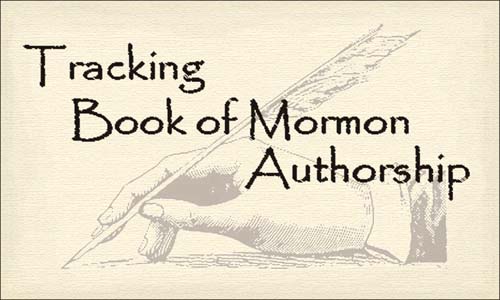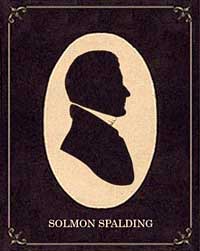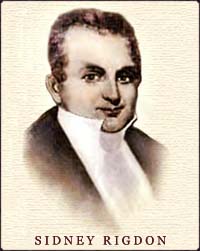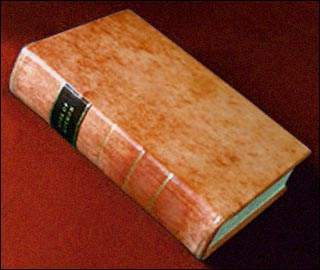
Mormon Classics | "Rigdon Revealed" | Spalding Library | Bookshelf | Newspapers | History Vault
Tracking Authorship
Through The Book of Mormon
(SPALDING FIRST, RIGDON SECOND, COWDERY THIRD)
By Craig Criddle

Sidney Rigdon: Creating the Book of Mormon | Word-print Study | Joseph Smith: Con Man?
"Book of Solomon" article series | 1830 Book of Mormon | Oberlin College Spalding MS
|
FOR THIS WEB-PAPER ________ 1. Introduction and Acknowledgements (forthcoming) (forthcoming) (forthcoming) 2. (under construction) |

~ SECTION 1 ~ INTRODUCTION AND ACKNOWLEDGEMENTS To be able to recognize signs, the tracker must know what to look for and where to look.
Someone who is not familiar with spoor may not recognize them, even when looking straight at them. It seems as if
no signs are present at all. For example, when tracking through grass, trackers will look for trampled grass, or
if the ground is covered with pebbles, they will look for pebbles displaced from their sockets. To recognize a
specific animal’s spoor, the tracker will look for signs characteristic of that animal.
Louis Liebenberg. 1990.
The Art of Tracking: The Origin of Science.
Welcome. This is the second of two essays focusing on the authorship of The Book of Mormon. The first, entitled
“Sidney Rigdon: Creating The Book of Mormon", has long been posted at
http://mormonstudies.com/criddle/rigdon.htm
A PDF version is available at XXXXX. In the first essay I discussed why authorship of
The Book of Mormon is important, how bias affects the analysis, and I critiqued some of the major authorship theories.
I also summarized 24 pieces of evidence, pointing to Sidney Rigdon as a key contributor and likely mastermind for the 1830
version of The Book of Mormon. In this second essay, I provide additional evidence supportive of the Spalding-Rigdon
authorship theory, including a response to criticism of the theory.
Since its first exposition in 1834 by
Eber D. Howe, the Spalding-Rigdon theory has rested upon two basic claims:

Claim #1 Around 1809-1812, a man named Solomon Spalding wrote a manuscript on the origins of Native American Indians entitled "Manuscript Found." Spalding shared excerpts and revisions of his work with family, neighbors, and associates, but was unable to publish his work before his death in 1816. After publication of The Book of Mormon in 1830, many of those familiar with Spalding’s unpublished work claimed that Spalding’s "Manuscript Found" was the source of distinctive names and the non-theological content and storyline of The Book of Mormon 
Claim #2 Sidney Rigdon, a popular preacher in the 1820’s Christian Restoration movement, obtained a copy of "Manuscript Found" and used it as a narrative framework, adding his own theology, to create the 1830 version of The Book of Mormon. While the above claims remain central to the modern Spalding-Rigdon theory, the theory has evolved and become
more detailed as new information has come to light. One extension is the identification of Oliver Cowdery as a likely contributor
-- a claim strengthened by recent historical documentation indicating that Cowdery likely interacted with Joseph Smith prior to
April, 1829 (Cowdrey et al., 2005) and by the results of a recent text analysis (Jockers et al., 2008). In this essay,
I will present evidence consistent with a minor authorship role for Cowdery. I will also present evidence supporting extension of
the Spalding-Rigdon theory to include fabrication of "The Book of Moses," another work of Mormon scripture that is now part of
the LDS Pearl of Great Price..
To establish a broader context for this essay, I provide below a detailed summary of the version of the Spalding-Rigdon theory that I now consider the most likely, given the evidence to be provided later: ( under construction ) |

~ SECTION 2 ~ ( contents forthcoming ) ( under construction ) 
|
OPENING NEW HORIZONS IN MORMON HISTORY